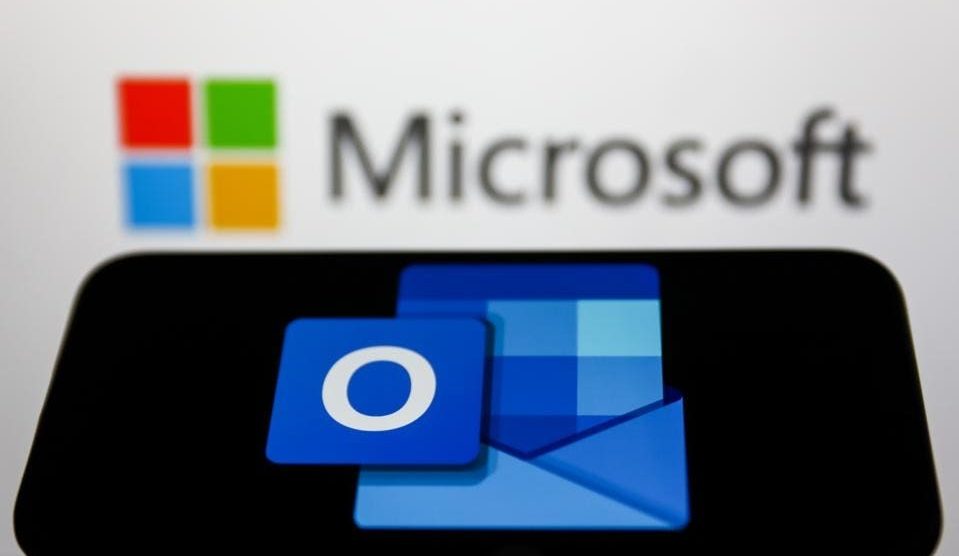A critical vulnerability has been discovered in Microsoft Outlook, prompting urgent calls for users to update their software immediately. Security experts have identified this flaw as a severe risk, assigning it a 9.8 out of 10 severity rating on the CVSS (Common Vulnerability Scoring System) scale, underscoring the magnitude of its potential impact. This issue, which has already attracted widespread attention from cybersecurity specialists, threatens the security of countless systems worldwide, making it essential for every user to act promptly.

The vulnerability allows attackers to gain unauthorized access to sensitive information, potentially compromising personal and organizational data. Exploiting this flaw requires minimal effort on the part of the attacker. It involves sending a maliciously crafted email, which triggers the exploit simply by being processed by Outlook, even before the recipient opens it. This zero-click vulnerability significantly increases its danger, as it eliminates the need for any interaction from the victim. Once exploited, attackers can execute arbitrary commands, steal credentials, or gain a foothold in the targeted system, enabling further malicious activities.
Microsoft has confirmed the existence of the vulnerability and has released patches to address the issue. These patches are part of the company’s ongoing efforts to secure its products against emerging threats. However, despite the availability of these updates, many systems remain at risk due to delayed implementation. Cybersecurity professionals emphasize the importance of immediate action to mitigate potential damage.
The potential consequences of this vulnerability extend beyond individual users. Organizations that rely on Microsoft Outlook for their communication needs face significant risks if they fail to update their systems promptly. Attackers exploiting this flaw can compromise corporate networks, steal proprietary data, and disrupt operations. Such incidents can result in financial losses, reputational damage, and legal liabilities. The widespread use of Outlook in business environments magnifies the scale of the threat, making it a priority for IT departments to address the issue without delay.
Addressing this vulnerability requires a multi-faceted approach. First and foremost, users must install the latest updates provided by Microsoft. These patches are designed to close the security gap and prevent attackers from exploiting the flaw. Regularly updating software is a fundamental aspect of maintaining cybersecurity, as it ensures that known vulnerabilities are addressed promptly. Microsoft’s updates are available through its official channels, and users are advised to verify the authenticity of the source before downloading and installing them.
In addition to applying updates, users should consider enabling advanced security features in Outlook and other Microsoft products. These features, such as multifactor authentication (MFA), provide an additional layer of protection by requiring multiple forms of verification before granting access. Implementing MFA significantly reduces the likelihood of unauthorized access, even if an attacker manages to steal login credentials. Other measures, such as disabling macros and restricting the execution of potentially harmful scripts, can further enhance security.
For organizations, a comprehensive security strategy is essential to mitigate the risks associated with this vulnerability. This includes conducting regular security assessments to identify potential weaknesses and implementing robust incident response plans. Training employees to recognize phishing attempts and other forms of social engineering can also help prevent attackers from exploiting human vulnerabilities. Ensuring that all systems and devices are up to date is a critical component of any cybersecurity framework.
To understand the scale of the problem, it is helpful to examine the key attributes of the vulnerability and its potential impact. The table below summarizes the main aspects of the issue:
| Attribute | Description |
|---|---|
| CVSS Score | 9.8/10 |
| Attack Vector | Email-based (zero-click) |
| Potential Impact | Credential theft, unauthorized access, remote code execution |
| Affected Software | Microsoft Outlook |
| Mitigation | Applying patches, enabling MFA, disabling macros |
The severity of this vulnerability serves as a reminder of the importance of proactive cybersecurity measures. Threats evolve rapidly, and staying ahead of attackers requires constant vigilance. Users must remain informed about potential risks and take immediate action when vulnerabilities are discovered. By following best practices and adopting a proactive approach, individuals and organizations can minimize their exposure to cyber threats and protect their digital assets.
Microsoft’s response to this issue highlights the challenges faced by software developers in securing their products against increasingly sophisticated attacks. The company’s commitment to transparency and swift action is commendable, but the responsibility for implementing updates ultimately lies with users. Failure to act promptly not only puts individual systems at risk but also jeopardizes the broader digital ecosystem.
The cybersecurity community has expressed concern over the potential for this vulnerability to be weaponized by threat actors. State-sponsored groups and criminal organizations are known to exploit high-severity flaws to carry out targeted attacks. These campaigns often focus on critical infrastructure, government agencies, and large corporations, where the stakes are particularly high. Preventing such scenarios requires a coordinated effort among stakeholders, including software vendors, security researchers, and end-users.
As the situation unfolds, experts continue to analyze the implications of this vulnerability and explore additional mitigation strategies. Researchers are working to identify patterns in attack campaigns and share their findings with the broader cybersecurity community. Collaboration and information sharing play a vital role in combating cyber threats, enabling a more effective response to emerging risks.
The discovery of this critical vulnerability in Microsoft Outlook serves as a wake-up call for all users. It underscores the need for vigilance and the importance of maintaining a strong security posture. By taking immediate action to update their systems, enabling advanced security features, and adopting best practices, users can significantly reduce their risk of falling victim to cyberattacks. The lessons learned from this incident can also inform future efforts to enhance cybersecurity and protect against evolving threats.










Add Comment